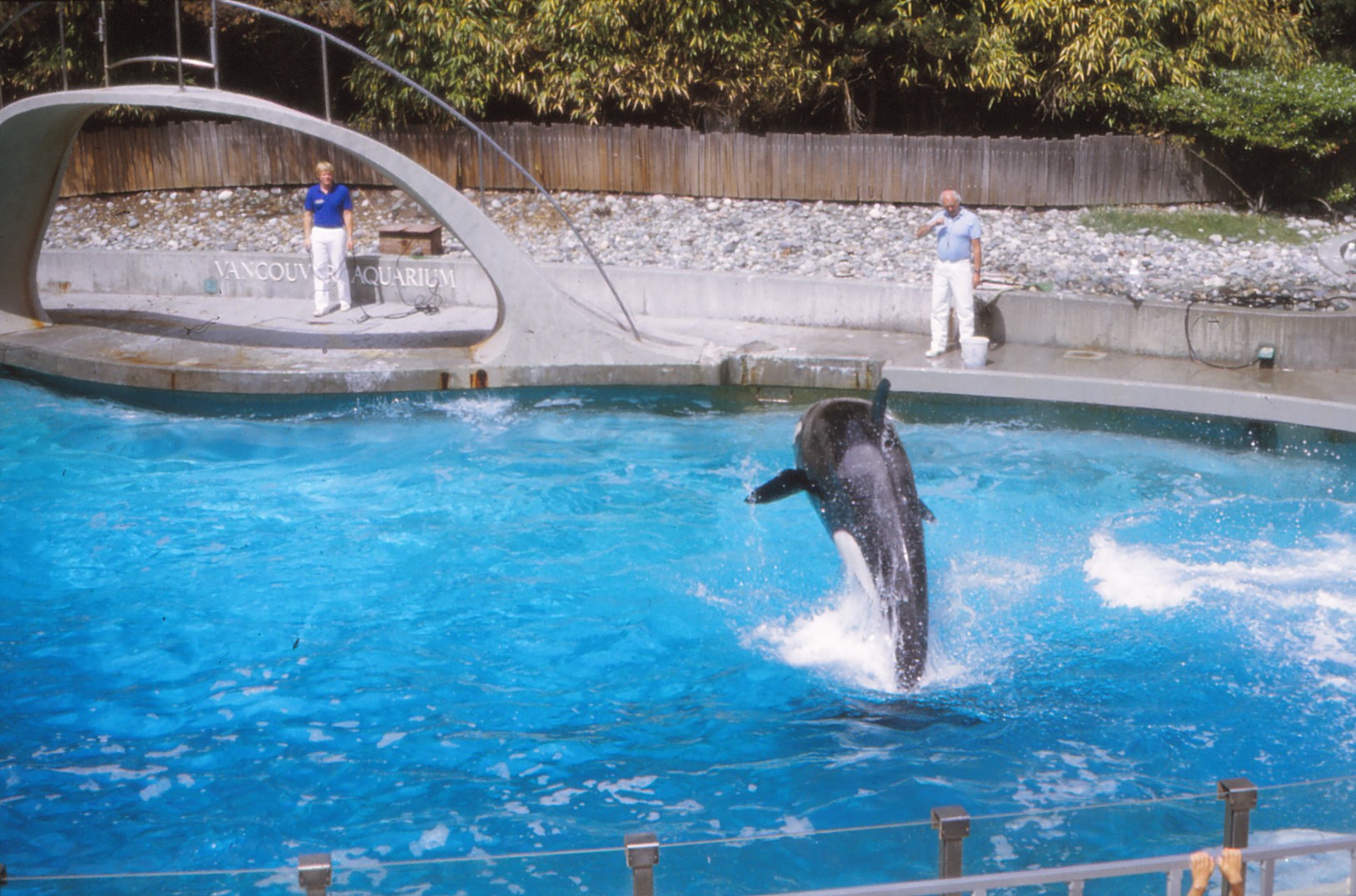Because variability in redox signalling is important in temperature acclimation, toxicants causing oxidative stress may affect animal life in climate change situation in unknown ways.Maanantai 14.9.2020 klo 16.53 - Mikko Nikinmaa One of the most important disturbances caused by toxic chemicals on animals is oxidative stress. Chemicals with no structural similarity such as metals (Cu, Fe) and polychlorinated biphenyls (PCBs) can affect reactive oxygen species (ROS) production. Redox balance plays a role in rhythmic functions, such as circadian (daily) rhythms, affects temperature acclimation and responses to low oxygen. As a consequence, many normal functions such as feeding and reproductive rhythms, activity patterns etc. can be affected by environmental disturbances. Further, the effects on normal physiological functions may occur at concentrations of chemicals, which do not appear to exert clear toxicity, but because for example feeding times are affected, subject animals to increased predation pressure or other indirect effects. A further complicating factor is the pronounced individual variability, which normally helps populations to survive through unfavourable conditions. This can be an important component of temperature acclimation. Since ROS signalling plays a role in temperature acclimation, environmental chemicals affecting ROS level can influence the capability of animals to acclimate to new temperatures, and also affect the important component of population acclimation, individual variability. 
With the present climate change, the light-dark rhythms at a given temperature will be affected, making temperature acclimation more demanding than earlier. The level of difficulty is further increased by environmental chemicals, which affect redox balance. The complex interactions between environmental toxicants, individual variation, temperature/hypoxia acclimation and rhythms are far too poorly understood. This makes it impossible for us to predict how the occurring environmental changes affect animal populations in nature. It is possible, if not even likely, that we see disturbances in conditions that have been considered safe based on traditional toxicology . |
|
Kommentoi kirjoitusta. Avainsanat: oxidative stress, individual variation, environmental contamination |
Physiological studies add a predictive component to modelling fish stocksPerjantai 3.7.2020 klo 18.00 - Mikko Nikinmaa Mirella Kanerva, Kristiina Vuori and us others have recently published a study about the fitness of salmon during their feeding migration in different parts of the Baltic Sea (Kanerva et al. Environmentally driven changes in Baltic salmon oxidative status during marine migration, Science of the Total Environment, in press, https://doi.org/10.1016/j.scitotenv.2020.140259). The study is The point about physiological measurements being able to predict changes in fitness and recruitment is revolutionary for fisheries biology. This is because earlier one has based all the models for stock estimations on retrospective observations on catches and spawning success. The findings of our study indicate that physiological expertise can add a predictive component to recruitment models. Our results also indicate, which parts of the Baltic Sea are most contaminated affecting the oxidative status of salmon. It is no surprise that effects are observed in the Gulf of Finland. However, these findings show that similar parameters could be used elsewhere to evaluate, if environmental contamination is serious enough to affect preferred fisheries species. Again, this adds a predictive component to earlier estimations based on retrospective data. Hitherto, fish physiology has remained a small field, but our results indicate that it could play a major role in modelling fish stocks, because it adds a predictive component to models and thereby gives possibilities for more rapid fisheries decisions than are currently possible. |
|
Kommentoi kirjoitusta. Avainsanat: fisheries biology, stock estimation, environmental pollution, oxidative stress |

 extremely difficult, since it tried to evaluate, how the physiological status of a commercially important fish species in natural environment is affected by food, water temperature and environmental pollution. It is noteworthy that we were able to show that factors affecting the oxidative status of the fish affected the fitness and seawater survival of the salmon. It was also possible to show that increased toxicant load, elevated temperature and cyanobacterial blooms already in the present Baltic Sea induce changes, which are measurable with physiological parameters, and are likely to affect recruitment of salmon.
extremely difficult, since it tried to evaluate, how the physiological status of a commercially important fish species in natural environment is affected by food, water temperature and environmental pollution. It is noteworthy that we were able to show that factors affecting the oxidative status of the fish affected the fitness and seawater survival of the salmon. It was also possible to show that increased toxicant load, elevated temperature and cyanobacterial blooms already in the present Baltic Sea induce changes, which are measurable with physiological parameters, and are likely to affect recruitment of salmon.